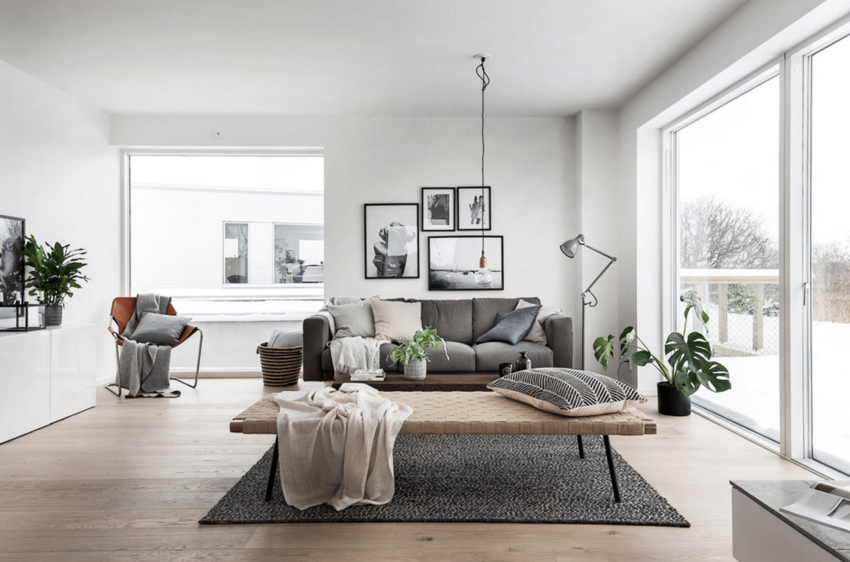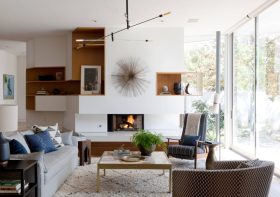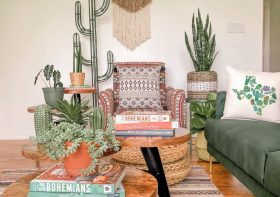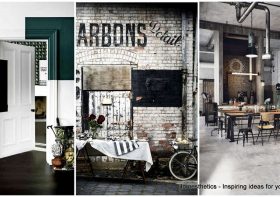Scandinavian Design: Creating a Cozy and Stylish Home

Scandinavian design is known for its simplicity, functionality, and minimalistic approach. Originating from the Nordic countries, this design style has gained popularity worldwide for its unique blend of cozy warmth and sleek aesthetics. In this article, we will explore the key elements of Scandinavian design and how you can incorporate them to create a cozy and stylish home.
The Importance of Light
One of the defining features of Scandinavian design is its emphasis on natural light. With long, dark winters, Scandinavians have mastered the art of maximizing light in their homes. To mimic this in your own space, opt for large windows that allow for plenty of natural light to flood in. Avoid heavy curtains or blinds that may obstruct the light and instead opt for sheer or light-colored fabrics that still offer privacy without blocking out the sunlight.
Neutral Color Palette
Scandinavian design is renowned for its neutral color palette. Stick to calming tones such as whites, grays, and beiges as your base colors. These hues create a sense of tranquility while allowing other elements in the room to stand out. Incorporate pops of color through accessories like cushions, rugs, or artwork to add personality and warmth to your space.
Minimalism and Functionality
Scandinavian design advocates for decluttering and minimalism. Clear away any unnecessary items and keep only the essentials. Invest in furniture and storage solutions that are functional and serve multiple purposes. Take inspiration from Scandinavian furniture designers known for their craftsmanship and focus on practicality. Consider clean lines, sleek forms, and durable materials when selecting your furniture pieces.
Hygge: The Essence of Coziness
Central to Scandinavian design is the concept of “hygge” (pronounced hoo-gah). Hygge encapsulates the feeling of coziness, warmth, and contentment. Create a cozy atmosphere by incorporating soft textiles like fluffy rugs, warm blankets, and comfortable cushions. Use natural materials like wood and wool to add warmth and texture to your space. Light scented candles or install a fireplace to create a welcoming atmosphere that encourages relaxation.
Bringing Nature Indoors
Scandinavian design draws inspiration from the beautiful natural landscapes of the Nordic countries. Bring a touch of nature into your home by incorporating houseplants or fresh flowers. Not only do they add a touch of color and life to your space, but they also improve indoor air quality. Opt for plants that are easy to care for, such as succulents or spider plants, and place them strategically to create a harmonious balance between nature and design.
Open Floor Plans
A characteristic feature of Scandinavian design is its open floor plans. This layout creates a sense of spaciousness and promotes easy flow between different areas of the home. If remodeling your space is an option, consider removing unnecessary walls to create an open and airy feel. Alternatively, you can achieve a similar effect by using light-colored furniture and avoiding bulky pieces that may make the space feel cramped.
Incorporating Textures
Texture plays a significant role in Scandinavian design, adding depth and visual interest to your home. Embrace natural textures such as wood, wool, and leather. Whether it’s a rustic wooden coffee table, a cozy woolen rug, or a leather armchair, these elements add warmth while maintaining the overall simplicity of the design. Mix and match textures to create a dynamic and inviting atmosphere.
Conclusion
Scandinavian design offers a harmonious blend of simplicity, coziness, and style. By focusing on natural light, neutral colors, minimalism, and incorporating elements inspired by nature, you can create a cozy and stylish Scandinavian-inspired home. Embrace the tenets of Scandinavian design and transform your space into a sanctuary of comfort and beauty.


